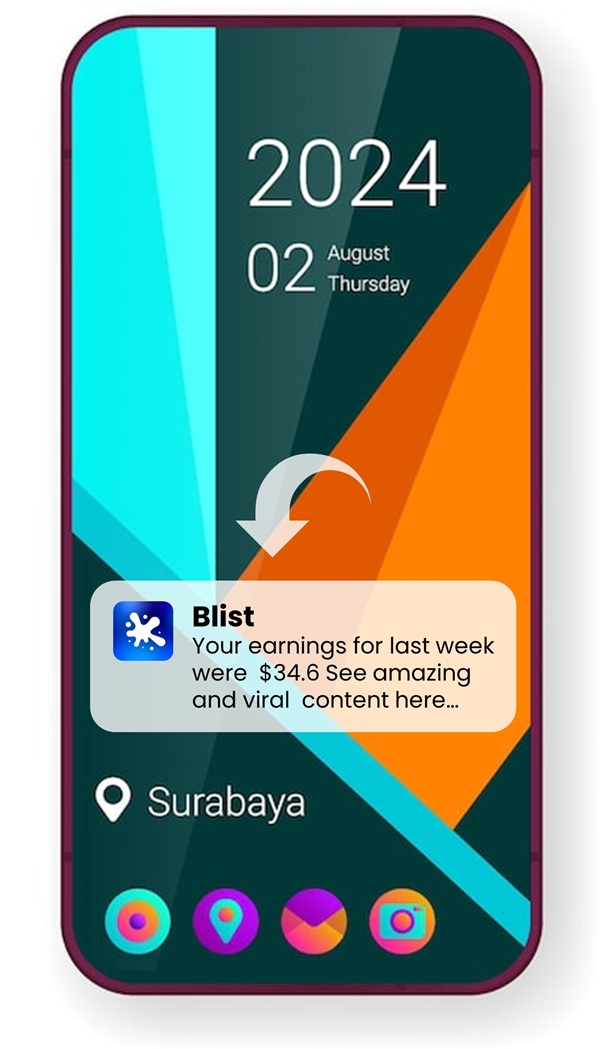15 Easy tips to read 3 times faster with better understanding 🤓
-
1. Chunking: divide a task into smaller tasks

Reading a whole book from cover to cover is a daunting task and like any other long task needs to be broken down into smaller ones.
Luckily for us, most books are already segmented into chapters and sections. Follow the structure of the book by considering each section a small goal. Do not quit a section or chapter in the middle. Each section needs to be dealt with as one chunk.
-
2. Take a break every 20 min or so

The 20 minutes is arbitrary but a good starting point for beginners nonetheless. If you don't take breaks it is more likely that you will lose focus and reading becomes less effective.
As you progress, your sprints of reading should increase from 20 minutes to 30, to 40, etc.
The break time should ideally be from 5 minutes to 10 minutes maximum. During the break, make sure not to engage in mentally or physically exhausting activities. It is also important to not start with a time-consuming activity like checking social media for example. We all know how time-consuming and addicting that can be, so don't start an activity that you know will take a long time to finish.
-
3. Eliminate Distractions

Isolate yourself from the outside world in any achievable way.
Minimize the distractions around you to the minimum possible in order to focus and read faster.
Distractions are one of the primary reasons why we can't finish tasks quickly or even complete them at all.
Shut down all unimportant notifications on your phone. If it is really urgent, they will call you.
You need to resist the temptation to pick you to phone every time your phone beeps.
-
4. Reduce subvocalization

Subvocalization is the act of saying the words in your brain as you read, which is what you are doing now as you read these exact words.
You are saying the words even though you are not moving your lips.
Why is this important?
Well if you have to say every word that you read, whether aloud or in your brain, that means that your speed of reading of limited to your speed of speaking.
The average human being can read around 200 wpm (words per minute), which is interestingly enough about the same speed at which we speak.
Fast readers can read up to 700 wpm even though they can't speak that fast.
So how do they do that?
Simply by reducing their subvocalization, not speaking the words in their brain while reading.
How can you do that?
In the beginning, read in your mind only without moving your lips at all and without making any sounds. After you completely eliminated the mechanical action from the equation (the movement of the lips), you move on to the next stage: eliminating subvocalization.
There are many ways to do deal with subvocalization, but they require some practice and patience. You can simply focus on forcing yourself to not say words in your brain, which works in the long run, additionally, you can try one of the following methods:
Play soft music while reading
Chew gum to minimize lip moving and distract the brain from trying to say the words
Skip stop words like: and, or, that, this, etc.
-
5. Start small

Every if you are serious about reading faster, then my advice to you is to start small.
Pick up small books that you know that you finish with ease.
Build the habit, build the confidence, and move on from there.
It also helps to start reading books that you are certain to enjoy.
-
6. Set reading times

Set a reading time one day before and stick to it.
Just saying to yourself that I am going to read tomorrow is not going to help much.
You need to allocate a specific time for any task that you wish to do if you are serious about doing it.
The best readers in the world read at the same time each day. By setting a fixed time for reading you establish a habit, and establishing a habit is the most powerful thing you can do when you are trying to commit to something, and reading books is no exception.
-
7. Use a finger or pen to follow

Use a finger to point at the words as you read.
This is might seem that what grade one students would do, but in fact, it is the most effective way to read faster.
Your eyes are not designed to make movements but to follow. Forcing your eyes to follow a certain pattern requires more energy and effort than required. But it is easy for your eyes to follow your finger on the pages.
-
8. Make use of peripheral vision

Peripheral vision, or indirect vision, is the vision as it occurs outside the point of fixation, i.e. away from the center of gaze.
Most of the things that we see are within our peripheral vision field. You can easily test this by focusing on things. Just look and one thing in front of you right now. Notice how you can also see around that thing you are looking at, less clear but it is there.
So how can this help us read faster?
Well, using our peripheral vision, we don't have to read all the words. We can use the margins technique to read fewer words but still be able to comprehend 95% of the information.
How does it work?
Draw one-word left and right margins on the first 10 pages of the book. Start reading whatever is within the margins and ignore what is outside the margins. Don't worry, your peripheral vision will still pick up those words but not directly.
As you become better at using your peripheral vision, you can even widen your margins into two words. Also, you can stop drawing lines on the pages once you get used to the habit.
-
9. Visualize what you are reading to remember

Visualizing what you are reading helps you remember what you read.
Draw a mental picture of the concepts you are to trying grasp in order to facilitate memorization.
Mental images has helps you comprehend and memorize information.
-
10. Switch locations between chapters

As I said earlier, visualization helps you remember better.
One technique that aids memory is reading different sections of the book in different locations.
Some parts at home, some at the park, some in the car. The advantage of this is that it helps your brain associate a concept or idea with a location.
When later you try to remember something from the book, it makes it easier to remember according to where you read it. It is difficult to explain, but trust me it works!
-
11. Active active reading: highlighter + pencil

Use a highlighter to highlight important sentences and paragraphs in the book as you read.
Take notes with a pencil and write directly on the pages. Underline, write small summaries, and rewrite concepts in your own words.
Active reading will not slow you down as only a small percentage of a book's pages are truly worthy of summarizing.
The idea of active reading is not to backtrack to previous sections again in the future. The ideal reader reads a sentence once and only once. You should not have to go back to previous chapters (unless you want to). Some books are really enjoyable to read that you might want to go through it all over again.
-
12. Write a book summary

Once you finish reading a book, go back to all pages of the book where you have written notes or highlighted sentences and copy them all into a word processing software (Microsoft Word for example) or by hand into a physical notebook as a book summary.
Read the book summary and ask yourself the following question: "Are there any valuable information in the book but in my summary?" If the answer is yes then your summary is incomplete. You have to assume that you no longer have access to the book and your summary is the only information that you have left. This defines the quality of your summary and your level of understanding of the book.
Writing a book summary will confirm whether you truly understood the book's content or not.
-
13. Read faster

Believe it or not, reading faster helps you memorize and understand better because it doesn't give your brain the chance of thinking about other things. I know this may sound counterintuitive but it is actually true.
Think of it as driving. When you drive slowly you can do many things are the same time but when you are racing you are only focused on one thing.
If a book requires more than one week to finish, it is likely you have gained very little from it. The longer it takes to read a book the less the benefit.
-
14. Read the outline first

Before I read any book, I flip the book page by page. I don't read a single word, only the titles of the chapters, the subtitles, the section titles, and subsection titles. It takes roughly 10 minutes.
The benefit of this exercise is that it gives you a complete overview of the direction of the book, how it is going to progress, and what to expect while reading.
Having a bird's eye view of the whole book enhances comprehension while reading because it gives you the bigger picture ahead of time. You already know where the writer is taking you and make it easier to put small details into a bigger picture as you read the book.
-
15. Don't read everything (smart reading)

A recent study has come to the conclusion that about 45% of most nonfiction books are unique and informative. That means that 55% of the content of any book is non-essential or at least can be skimmed through.
Skimming means going through the sections or paragraphs quickly by reading only a few words of the first sentence and determining whether that paraph or section is worthy of detailed reading.
This is a skill that can be enhanced over time. After you have read a couple of dozens of books, you will automatically develop a sense of judgment that enables you to skim quickly and intelligently.
The 80/20 rule seems to apply perfectly here. Indeed, 80% of the benefits of the book seem to come from just 20% of its content, with exceptions of course.
The average human can read 200 pages in 5 hours or 200 words per minute.
 Close
Close

























